Disclosure: I was not compensated for this post. However, I am an affiliate of Amazon.com and Blurb, and will receive a small commission if the links below are used to make a purchase. However, I only recommend companies and products that I believe will benefit my readers.
The first part of my photography lessons with Joe Fikes are complete, and for the past few weeks I’ve been learning how to use Adobe PhotoShop Elements. I think it is going to be awhile before I start blogging about PhotoShop. It’s been difficult enough for me to communicate the complicated concepts I’ve been learning about the “simple” task of taking a good picture!
Joe always says to get the best picture you can in the camera, because you can only do so much in Photoshop! In this article I’m going to outline the concepts that I try to keep in mind before beginning a photo shoot, to get the best picture picture I can. I hope they are helpful to you! Keep in mind that I use a Canon Digital Rebel XSi SLR camera, but the notes below should apply to most SLR cameras – check your user’s manual for specifics.
Nine Steps To Better Pictures
1. Set a custom white balance before every shoot. Carry a piece of white paper with your camera. This will help significantly in the exposure and color.
2. Manually set the focus point to the center so that you always know exactly on which object the camera is focusing. In the point-and-shoot mode, the camera tries to determine the focus point(s) itself, and it doesn’t always do a good job. You’ll end up focusing on a fence post instead of the person next to it, for example.
3. Set ISO to 400 for outdoor pictures; the factory setting on my camera was 1600. The lower ISO results in smoother image, rather than a grainy/noisy one at the higher number. Especially nice for images of women and children. (Use higher ISO indoors. That’s a whole ‘nother story.)
4. To get a crisp, close-up image of an object and blur the background:
- Set lowest F# on lens, such as 3.5
- Get physically close
- Focus on object
- Try different angles for interest
5. Shoot both RAW images and JPEG. RAW images collect and store all image information on the sensor. You can do more with a RAW image on your computer.
6. Set your display to show the RGB histogram for each image as you shoot. This will help you determine whether you have any blown-out highlights or if the image is over- or under-exposed.
7. Set camera on “Continuous Shooting” when taking pictures of moving people, animals or objects.
8. Customize your Favorites Menu to keep the menu functions you use the most in one place.
9. Landscapes: The A-DEP (Auto Depth of Field) setting is great for landscape scenes, such as a field of flowers. When set at A-DEP, the camera looks at all nine sensors and figures the closest and farthest point, then focuses in between them. Then, it automatically calculates the shutter speed and F# needed. Overcast days are good for small landscape scenes, but don’t put the sky in the picture (it will change the color).
A Few More Tips
- Customize your eye piece to your vision (adjust knob on side of eyepiece).
- Move the flash away from camera to reduce red-eye. Turn off pre-flash, red-eye can be easily fixed in Photoshop.
- Keep picture style on “Standard.”
- Keep color space on sRGB – this setting is good for computer monitors, and most printing services expect this setting.
- Use a tripod whenever you can and use a 2 second timer when using a tripod to eliminate vibration and movement.
- General rule – the F# should not be lower than the number of people in the picture (because of depth-of-field issues).
- Turn off the “Shoot Without Card” option. You don’t want to take pictures without a memory card in the camera!
- On an outdoor photo shoot, use a fishing vest to carry your extra lenses and supplies and bring a folding camp stool.
Recommendations From An Experienced Photographer
Joe’s Product Recommendations
- Picture Taker by Ken Elkins
- The Portfolios of Ansel Adams
- Hoya Lens Filters
- Canon 50mm f/1.8 large aperture lens
- Canon Speedlite 430EX II Swivel Flash
- Epson 3800 and Epson 7900 printers
- Adobe PhotoShop
- ColorMunki Photo – Monitor, Printer & Projector Profiler
Joe’s Company Recommendations
- B&H Photo, Amazon.com or Adorama.com for photography equipment and supplies
- Blurb – photobook printing
- mpix.com – photo prints
Nature & Landscape Photographer
Joe Fikes resides in Huntsville, Alabama with his wife Judi, having semi-retired from a career as a physicist specializing in lasers and electro-optics. His photographic interests vary widely, but he primarily works with landscapes – everything from grand vista to intimate close-ups of wildflowers, streams and gardens. He’s particularly fond of the Appalachian mountains and the American West.
Joe has spent over 40 years honing his technical and artistic skills, first with 35 mm film, then large-format cameras, and now with Canon Digital SLR Cameras. His work is characterized by classical composition, critical sharpness, rich tonality and vibrant color.
Read more about Joe and his photography, contact information and lessons…
Disclosure: I was not compensated for this post. However, I am an affiliate of Amazon.com and Blurb, and will receive a small commission if the links below are used to make a purchase. However, I only recommend companies and products that I believe will benefit my readers.
Copyright 2012 Kathryn Depew. Images copyright Joe Fikes, used by permission.

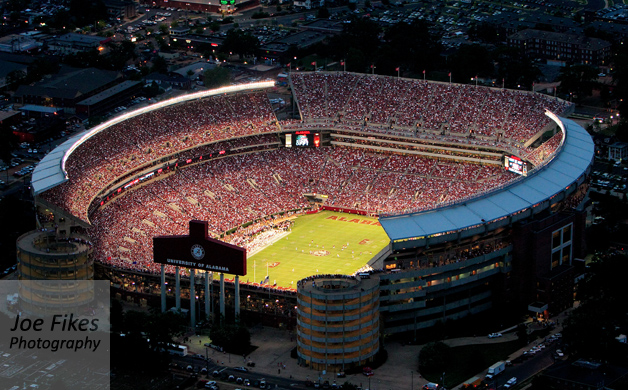
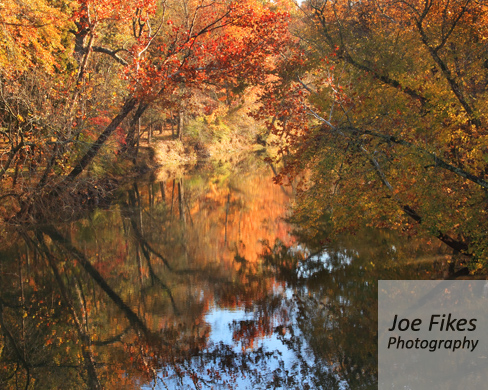



 Digital Photography -Rule of Thirds
Digital Photography -Rule of Thirds


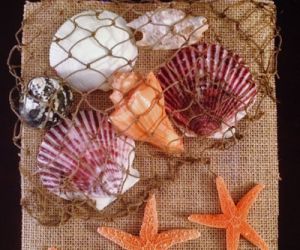
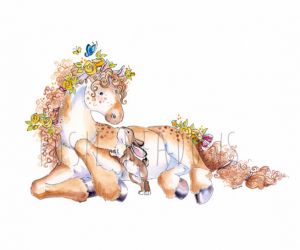
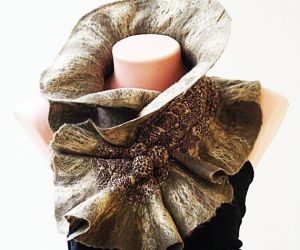



Thanks for all the helpful suggestions! I needed to know this.